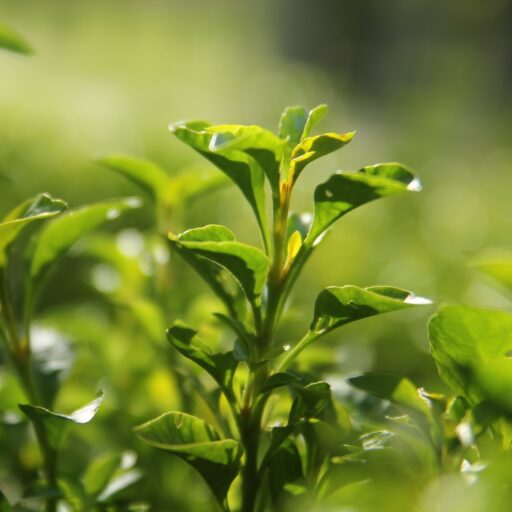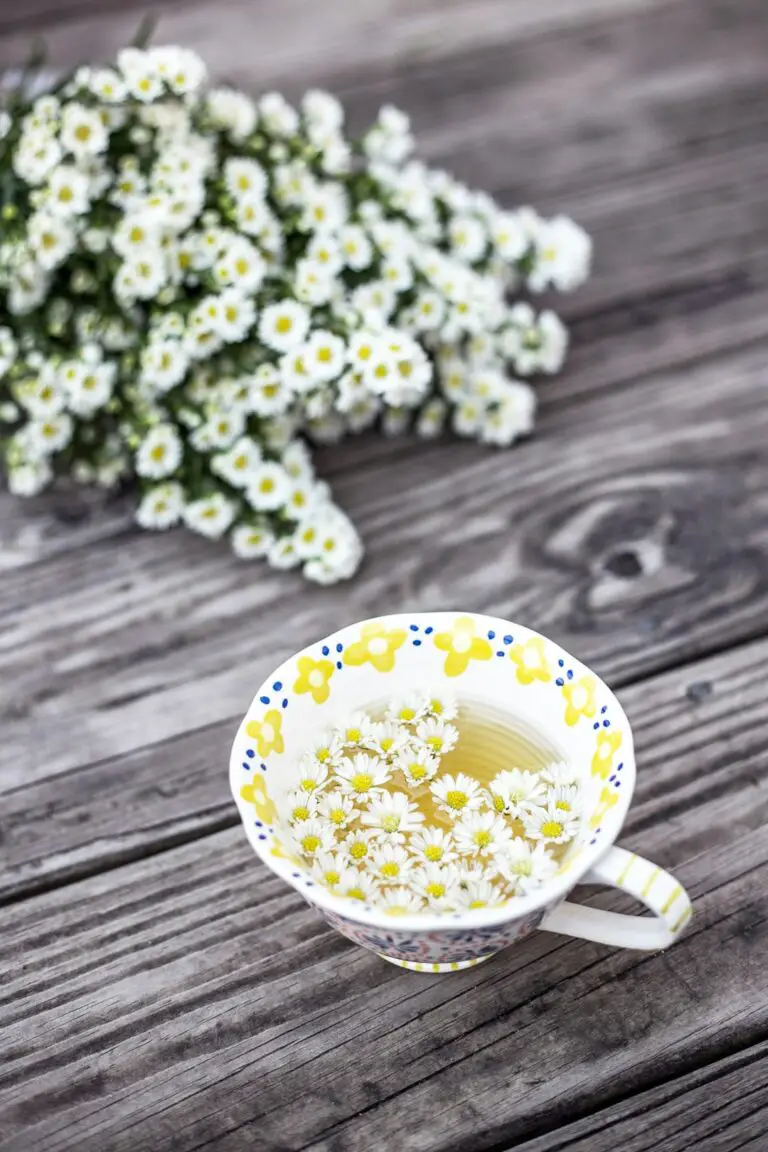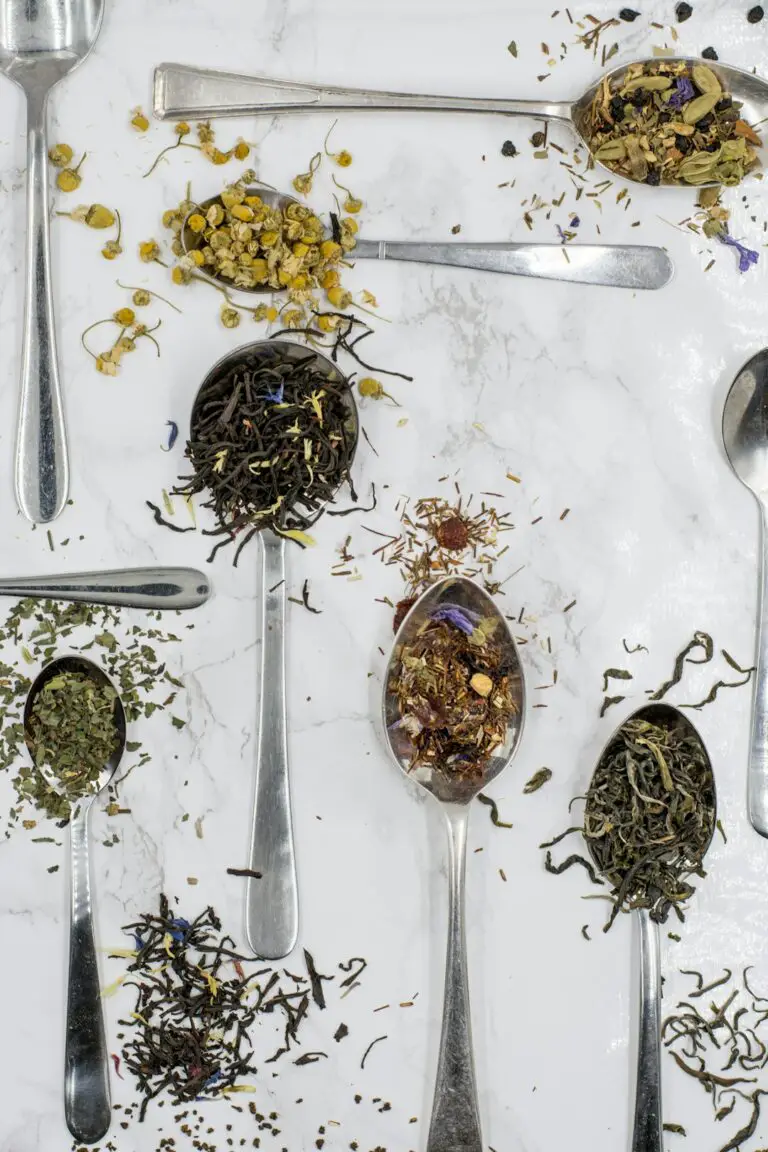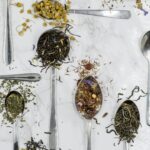Support our educational content for free when you purchase through links on our site. Learn more
Camellia Sinensis Zone 4: Cultivate Your Own Tea [2024] 🍵
Have you ever dreamed of growing your own tea? Imagine sipping a cup of freshly brewed tea made from leaves you cultivated yourself. It’s a rewarding experience that allows you to connect with nature and enjoy the fruits of your labor. But can you grow Camellia sinensis, the tea plant, in Zone 4? We’re here to answer that question and provide you with all the information you need to cultivate your own tea. So grab a cup of tea and let’s dive in!
Table of Contents
- Quick Answer
- Quick Tips and Facts
- Background: The Fascinating History of Camellia Sinensis
- Growing Camellia Sinensis in Zone 4
- Choosing the Right Variety
- Planting and Care Tips
- Harvesting and Processing Your Tea
- FAQ
- Conclusion
- Recommended Links
- Reference Links
Quick Answer
Yes, you can grow Camellia sinensis, the tea plant, in Zone 4! With the right care and attention, you can cultivate your own tea leaves and enjoy the satisfaction of brewing a cup of tea from plants you nurtured. It’s an exciting journey that allows you to explore the world of tea and experience the flavors and aromas of different varieties. So let’s get started on your tea-growing adventure!
👉 CHECK PRICE on: Camellia Sinensis Tea Plants on Amazon | Camellia Sinensis Tea Plants on Walmart | Camellia Sinensis Tea Plants on Etsy | BrighterBlooms.com
Quick Tips and Facts
Before we dive into the details, here are some quick tips and facts about growing Camellia sinensis in Zone 4:
✅ Camellia sinensis can be grown in Zone 4 with proper care and protection.
✅ Plant your tea plants in containers so you can bring them indoors during the winter months.
✅ Choose cold-hardy tea varieties that are suitable for Zone 4.
✅ Provide your tea plants with full sun and well-draining soil.
✅ Water your tea plants regularly, keeping the soil moist but not waterlogged.
✅ Prune your tea plants to encourage bushier growth and better tea production.
✅ Harvest the youngest leaves for the best flavor and aroma in your tea.
Now that you have a quick overview, let’s explore the background and history of Camellia sinensis.
Background: The Fascinating History of Camellia Sinensis
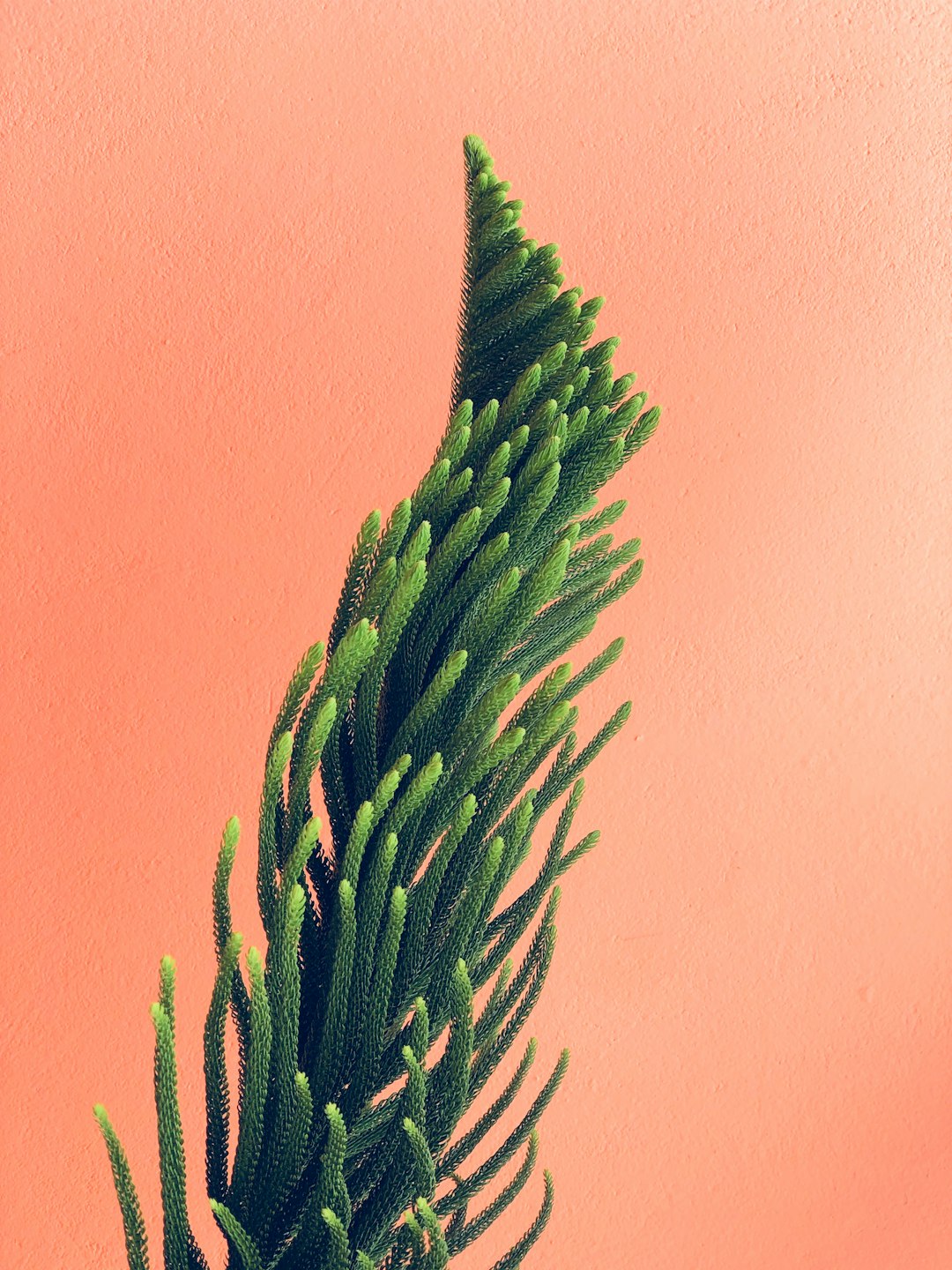
Camellia sinensis, also known as the tea plant, has a rich and fascinating history that dates back thousands of years. Originating in East Asia, tea has been enjoyed for its taste and medicinal properties for centuries. The leaves of the Camellia sinensis plant are used to produce various types of tea, including green, black, white, and oolong.
Tea cultivation and consumption spread from China to other parts of the world, including Japan, India, and eventually Europe. Today, tea is one of the most popular beverages globally, enjoyed by millions of people for its unique flavors and health benefits.
Growing Camellia Sinensis in Zone 4
Growing Camellia sinensis in Zone 4 requires some extra care and attention, as this zone experiences colder temperatures. However, with the right strategies, you can successfully cultivate tea plants in this zone.
Choosing the Right Variety
When selecting tea plants for Zone 4, it’s crucial to choose cold-hardy varieties that can withstand the colder temperatures. Some popular cold-hardy tea varieties include:
-
Camellia sinensis var. sinensis: This variety is known for its cold tolerance and is suitable for Zone 4. It can be grown in containers and brought indoors during the winter months.
-
Camellia sinensis var. assamica: While this variety is more commonly grown in warmer climates, it can still be grown in Zone 4 with proper protection and care.
By choosing the right variety, you’ll set yourself up for success in growing tea plants in Zone 4.
Planting and Care Tips
To ensure the success of your tea plants in Zone 4, follow these planting and care tips:
-
Container gardening: Plant your tea plants in containers so you can easily move them indoors during the winter months. This will protect them from the harsh cold temperatures.
-
Sunlight: Tea plants thrive in full sun, so place your containers in a location that receives at least 6 hours of direct sunlight per day.
-
Soil: Use well-draining soil that is rich in organic matter. Tea plants prefer slightly acidic soil with a pH between 6 and 6.5.
-
Watering: Tea plants require regular watering to keep the soil moist but not waterlogged. Water them deeply once or twice a week, especially during hot and dry periods.
-
Fertilizing: Apply a slow-release fertilizer formulated for acid-loving plants during the active growth period. Follow the package instructions for application rates.
-
Pruning: Prune your tea plants annually after the blooming period to encourage bushier growth and better tea production. Remove any dead or damaged branches and shape the plant as desired.
-
Winter protection: Before the first frost, bring your tea plants indoors and place them in a cool, well-lit area. Maintain a temperature between 50°F and 60°F to ensure their survival during the winter months.
By following these planting and care tips, you’ll create an optimal environment for your tea plants to thrive in Zone 4.
Harvesting and Processing Your Tea
One of the most exciting parts of growing your own tea is harvesting and processing the leaves. Here’s a step-by-step guide to help you get started:
-
Harvesting: Harvest the youngest leaves and buds from your tea plants for the best flavor and aroma. These are usually the top two to three leaves and the bud. Use sharp scissors or pruning shears to carefully remove the leaves.
-
Withering: Spread the freshly harvested leaves on a clean, dry surface and allow them to wither for several hours. This step helps remove excess moisture from the leaves.
-
Rolling: Gently roll the withered leaves between your hands or use a rolling pin to break down the cell walls and release the tea’s natural oils. This step helps develop the tea’s flavor and aroma.
-
Oxidation: Depending on the type of tea you want to make, you can either oxidize the leaves or skip this step for green tea. Oxidation involves exposing the leaves to air, which causes them to darken and develop different flavors.
-
Drying: Finally, dry the leaves to stop the oxidation process and preserve the flavors. You can air-dry the leaves or use a food dehydrator set to a low temperature.
Once your tea leaves are dry, they are ready to be brewed into a delicious cup of tea. Experiment with different brewing methods and enjoy the fruits of your labor!
FAQ
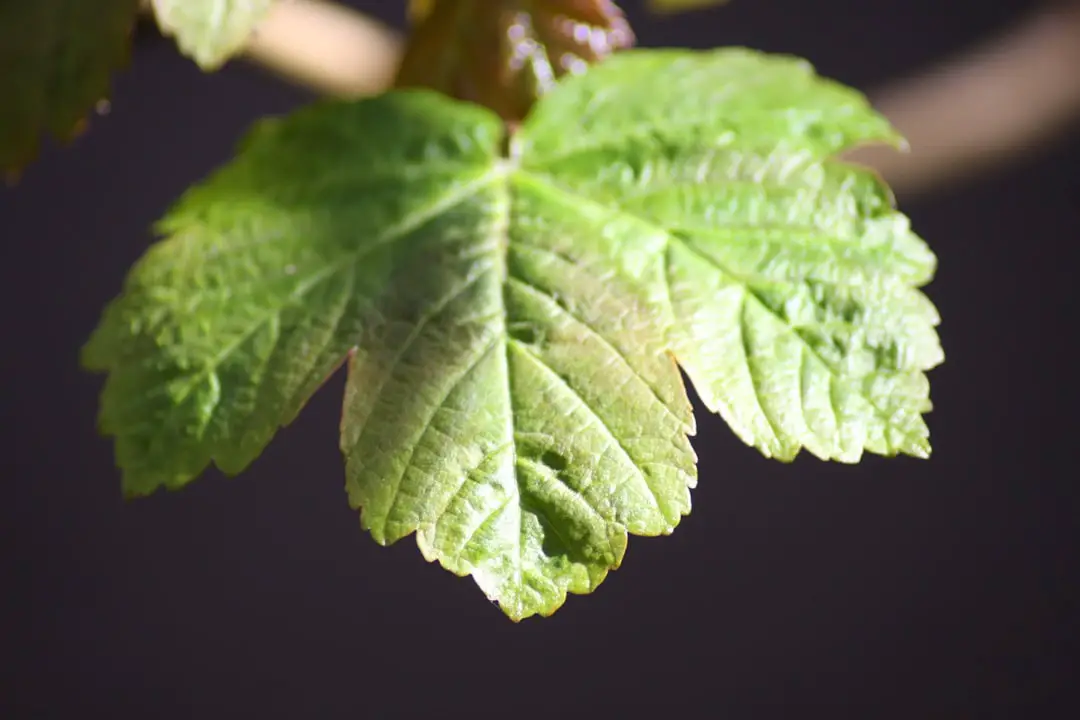
Can camellias grow in Zone 4?
Yes, camellias can grow in Zone 4, but not all varieties are cold-hardy. Make sure to choose cold-hardy camellia varieties that can withstand the colder temperatures in this zone.
Can you grow tea in Zone 4?
Yes, you can grow tea in Zone 4 with the right care and protection. Choose cold-hardy tea varieties and plant them in containers that can be brought indoors during the winter months.
Read more about “Do Tea Plants Come Back Every Year? …”
What zone can Camellia sinensis grow in?
Camellia sinensis can grow in a wide range of zones, from Zone 4 to Zone 11. However, in colder zones, it’s important to provide extra protection and care to ensure the survival of the tea plants.
Read more about “Where Do Tea Plants Grow? …”
Is Camellia sinensis cold hardy?
Yes, Camellia sinensis is cold hardy, especially certain varieties like Camellia sinensis var. sinensis. With proper care and protection, you can successfully grow tea plants in colder zones.
Read more about “How Cold Can Tea Plants Tolerate? … ❄️”
Conclusion
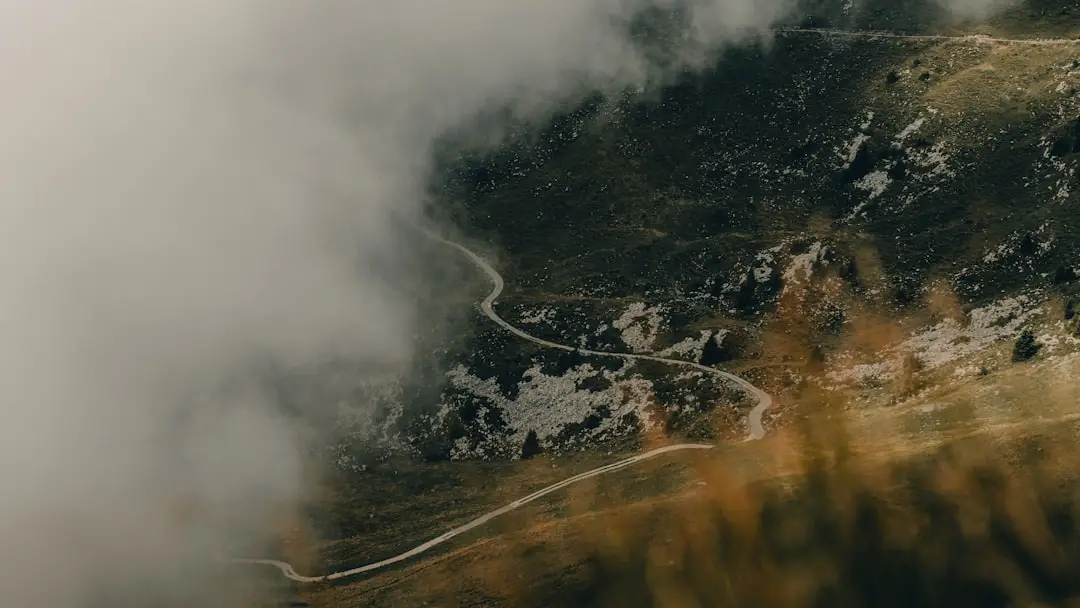
Growing Camellia sinensis in Zone 4 is not only possible but also a rewarding experience. By choosing cold-hardy tea varieties, providing the right care and protection, and following the proper harvesting and processing techniques, you can cultivate your own tea leaves and enjoy the flavors and aromas of freshly brewed tea. So why not embark on this tea-growing adventure and start sipping tea made from your very own plants?
Remember, tea cultivation requires patience and dedication, but the end result is well worth it. So grab your gardening tools, find the perfect spot for your tea plants, and get ready to enjoy the journey of growing your own tea!
Recommended Links
👉 CHECK PRICE on: Camellia Sinensis Tea Plants on Amazon | Camellia Sinensis Tea Plants on Walmart | Camellia Sinensis Tea Plants on Etsy | BrighterBlooms.com
Further Reading:
- Green Tea Cultivation
- Herbal Tea Planting
- Tea Plant Varieties
- Soil and Climate for Tea
- DIY Tea Blending
- How Cold Can Tea Plants Tolerate? 2024 ❄️
Reference Links
Now that you have all the information you need, it’s time to start your tea-growing journey. Remember, patience and care are key, and soon you’ll be enjoying a cup of tea made from your very own tea leaves. Happy tea growing!
